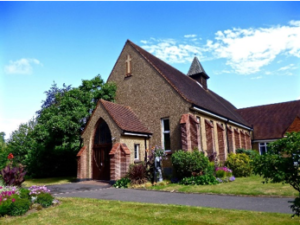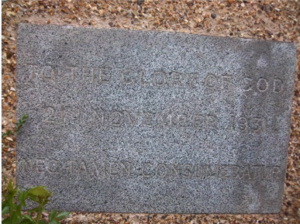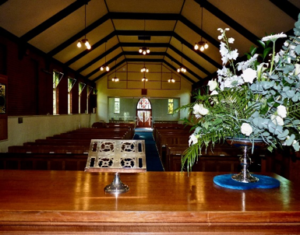Our Story

The Church today
The church today is actually a very young one, formed by the union of 3 churches, (Hersham, St Andrew’s Walton, and Weybridge URCs), the most recent of which took place in 2022. It could also be said that on a Sunday morning we are actually three congregations in one- the “in person” congregation in the building; the “online” congregation who join us using Zoom; and a congregation of artists (Artpeace), who live in Zimbabwe and who join us using WhatsApp.
The Artpeace congregation we support in many ways, financially as well as spiritually, and our link is strong.
3rd Sunday of the month at 3.00pm is Messy Church- an activity-based time for young children which concludes with a short act of worship and then a sit-down, cooked tea.
Alternate Tuesday mornings is Bible Study- a group of free-thinking Christians who enjoy exploring different books of the Bible and thinking about the Bible’s message for contemporary society.
We are a friendly bunch who take our faith but not ourselves seriously.
As well as our Sunday Services and Bible Study we are currently developing a prayer chain and a prayer tree.
Socially, “People who lunch” meets on the 2nd Friday of each month at 12.30pm and is a huge amount of fun, as well as an excellent meal.

4th Weybridge Beavers, Cubs and Scouts meet on church premises each week during term-time.
4th Weybridge Rainbows and Brownies, and 1st/4th Weybridge Guides meets in the Guide Hall in Weybridge, again, weekly during term time.
Ecumenically we are part of Churches Together in Weybridge and value being part of a family of Christians from different traditions, with different insights.
As you can see, one way or another, there’s quite a bit going on but the bottom line is that we are a community of people of different ages, drawn from a number of different places, trying to follow Jesus as best we can. Some of us may have a few grey hairs- and some of us may have a few more years than others- but our minds and our hearts are open and our welcome is sincere.
Come along! We might just surprise you.

